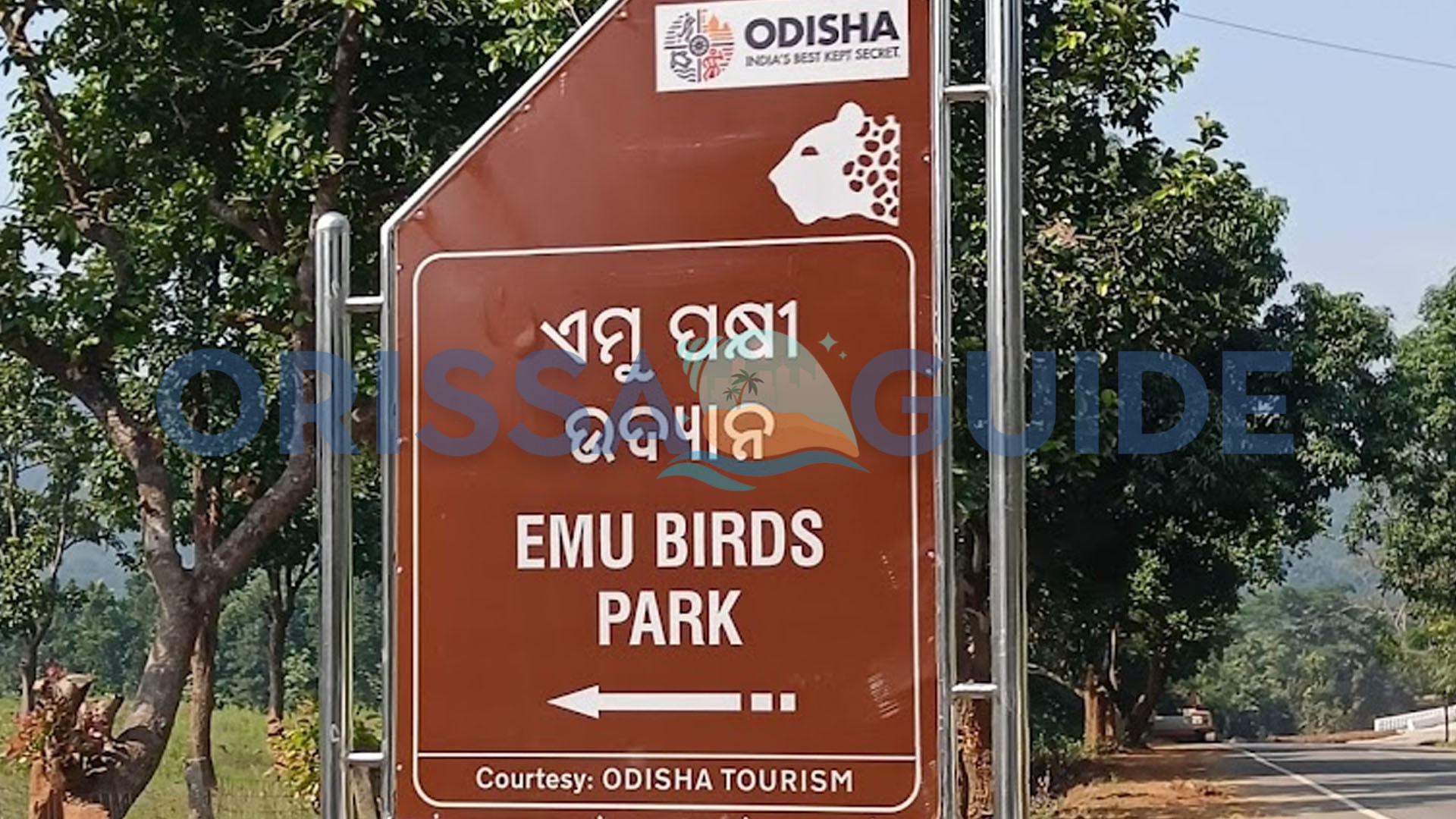The Bagagahan Bird Sanctuary is located in the Bhitarkanika National Park in northeast Odisha, India. Encompassing mangrove wetlands along the Brahmani River delta, this critical wildlife habitat was designated a bird sanctuary in 1975. The sanctuary provides crucial nesting and feeding grounds for many resident and migratory birds along the central Asian flyway. Its mangrove forests also house a diversity of reptiles, amphibians, and mammals.
In addition to its ecological significance, the Bagagahan Bird Sanctuary draws visitors with opportunities to spot kingfishers, hornbills, egrets, and other wetland species. Community-based ecotourism and conservation efforts strive to preserve this vital floodplain habitat. With mindful tourism and habitat restoration, the fragile mangrove ecosystem of Bagagahan can persist for future generations.
Flora and Fauna
The Bagagahan Bird Sanctuary harbors over 200 species of birds across 30 families. Large populations of migratory birds travel from as far as Central Asia to winter here, mingling with year-round residents. The sanctuary’s extensive mangrove forests provide critical shelter and foraging habitat.
Resident species like storks, ibises, kingfishers, kites, and sandpipers nest in the mangroves. Many feed on fish, amphibians, and invertebrates sustained by the productive wetlands. In winter months, the area hosts increased numbers of migratory ducks, geese, pelicans, and wading birds searching for feeding grounds.
Reptiles like crocodiles, pythons, and monitor lizards also inhabit the mangrove forests, along with mammals like wild boar, spotted deer, otters, and jackals. The intricate root systems of mangrove trees provide aquatic habitat for frogs, toads, and other amphibians as well. This diversity of life relies on the unique tidal ecosystem of mangrove wetlands.
Conservation Efforts
Designation as a bird sanctuary ensures protection for nesting waterbirds that are extremely vulnerable during breeding seasons. Additionally, concerted reforestation efforts in Bagagahan have regenerated over 150 hectares of mangrove forests, which had faced degradation from natural disasters and human activity over prior decades.
Local community members have also rallied around conservation, working with government agencies on habitat restoration projects. Ecotourism initiatives aim to make environmental stewardship an economically viable proposition for villagers in the region. Mindful visitor behavior and economic incentives for conservation can prevent further habitat destruction while supporting local livelihoods.
Visitor Information
The tranquil atmosphere and striking natural beauty of Bagagahan provide a serene getaway for nature lovers and birdwatchers. The best viewing opportunities correspond with winter migration seasons and summer nesting periods.
Visitors generally access the sanctuary by motorized boat through river channels leading from villages like Bagagahana. Rustic ecolodges and accommodations available in these villages allow for multi-day exploration of Bagagahan along with other Bhitarkanika wetlands. The ancient temple of Gori Khiri is also situated nearby.
By thoughtfully engaging with this unique landscape, visitors can play a part in sustaining the mangrove haven of Bagagahan for future generations. While threats persist, the combined revival efforts of government bodies and local communities offer hope for the sanctuary’s ecological future.
Conclusion
From nesting kingfishers to foraging crocodiles, the Bagagahan Bird Sanctuary nurtures astonishing biodiversity sustained by the mangrove ecosystem. As climate change and habitat loss plague wetlands worldwide, preserving fragile floodplains like those in Bhitarkanika becomes increasingly vital.
The Bagagahan Bird Sanctuary stands as a testament to nature’s resilience. But only through active conservation initiatives along with community stewardship can we ensure the mangrove forests persist as a thriving sanctuary long into the future. The wildlife reviving these wetlands deserves nothing less — their enduring habitat against all odds is a reminder of the stubborn persistence of life.
Destination Attractions, Destination Facilities, Transportation, Accessibility, How to Reach
Nearest Airport and Saptasajya Nature Camp.
The nearest airport is Biju Patnaik International Airport, Bhubaneswar, which is located around 68 KM distance from Saptasajya Waterfall
Nearest Bus Stop & Distance
The nearest Bus stop is Dhenkanal, which is located around 13 Km distance from Saptasajya Hills & Waterfall
Nearest Railway Station
The Nearest Railway Station is Dhenkanal, which is located around 16 Km distance from Saptasajya Picnic Spot
Best Time to visit for Bagagahan Bird Sanctuary
The best time to visit Saptasajya Waterfall & Hill Station is at all times of the year






